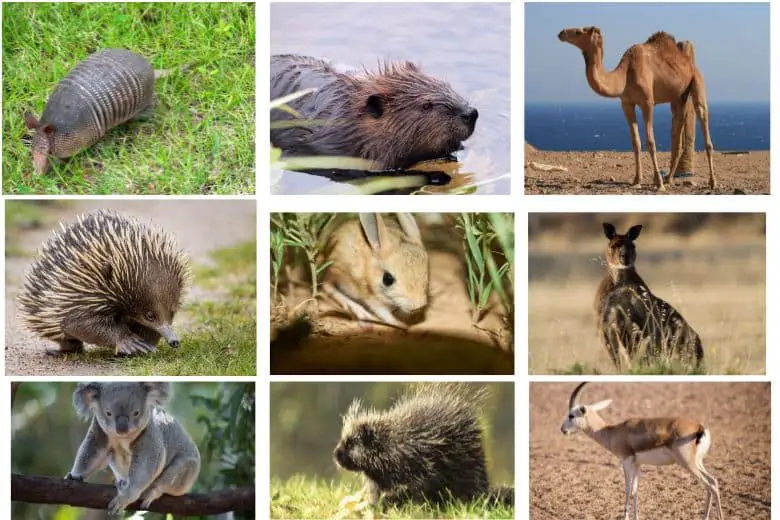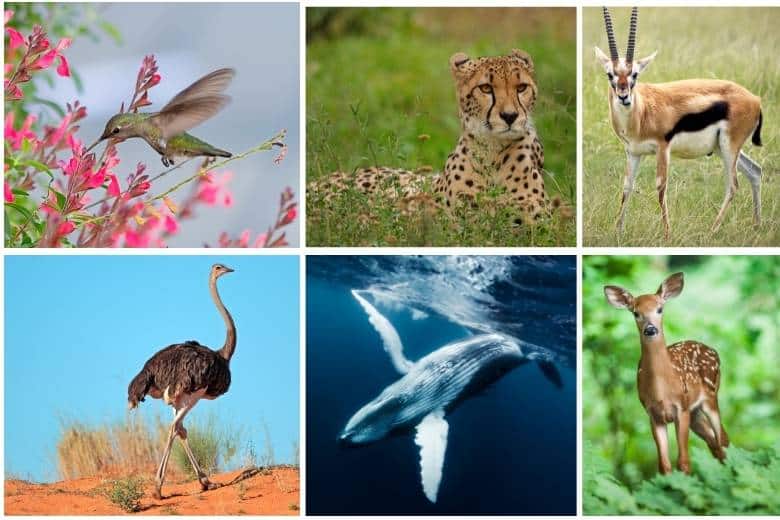Frogs are fascinating creatures, with their unique adaptations and colorful skins. But like all animals, they have predators that prey on them.
In this article, we will delve into the food chain of amphibians and explore the predators that eat frogs. From snakes to birds, we will examine the different strategies these predators use to capture their prey and the impact this has on frog populations.
The World of Frogs
Frogs are amphibians that belong to the order Anura, which means “without a tail”. They are found all over the world, except in Antarctica. There are more than 7,000 species of frogs, and they come in many different shapes, sizes, and colors. Some of the most common types of frogs include tree frogs, dart frogs, and bullfrogs.
Frogs are cold-blooded, which means their body temperature is regulated by their environment. They are also semi-aquatic, meaning they live both on land and in water. Frogs have a unique life cycle that involves metamorphosis, where they transform from a tadpole into an adult frog.
The Importance of Frogs in the Ecosystem
Frogs play a vital role in the ecosystem. They are important indicators of environmental health because they are sensitive to changes in their habitat. Frogs also help control insect populations by eating mosquitoes, flies, and other pests. Additionally, they are a food source for many animals, including humans.
The Predators of Frogs
Frogs have many predators, including snakes, birds, mammals, fish, and insects. Let’s take a closer look at each of these predators.
Snakes
Snakes are some of the most common predators of frogs. They use their stealth and speed to ambush their prey. Once a snake catches a frog, it will swallow it whole. Some species of snakes, such as the green tree python, have adapted to life in the trees and will climb up to catch their prey.
Birds
Birds are another common predator of frogs. They use their beaks and talons to capture their prey. Some species of birds, such as herons and egrets, hunt for frogs in shallow water. Others, like the roadrunner, will catch frogs on land.
Mammals
Mammals like raccoons, skunks, and opossums are also known to eat frogs. They use their sense of smell to locate their prey and will often dig through mud or soil to catch them. Larger predators, such as foxes and coyotes, may also hunt for frogs in wetland areas.
Fish
Fish are predators of tadpoles and juvenile frogs that live in water. They will eat the eggs and young of frogs, and some species, like the pike, will even eat adult frogs that venture into the water.
Insects
Insects like dragonflies and beetles will also prey on frogs. They will catch them with their legs or mouthparts and eat them. Insects can be especially dangerous to young frogs, as they can overwhelm them with their numbers.
The Hunting Strategies of Frog Predators
Predators of frogs use different hunting strategies to catch their prey. Let’s explore some of the most common ones.
Ambush
Ambush predators, like snakes and spiders, wait patiently for their prey to come to them. They use camouflage to blend into their surroundings and surprise their prey when it gets close enough. Some snakes, like the green tree python, will hang from branches and wait for frogs to pass underneath them.
Pursuit
Pursuit predators, like birds and mammals, actively chase after their prey. They use their speed and agility to catch frogs that are trying to escape. Some birds, like the osprey, will dive into the water to catch frogs swimming near the surface.
Camouflage
Camouflaged predators, like some species of insects and frogs, blend into their environment to avoid detection by their prey. They use their coloration and patterns to mimic their surroundings and catch their prey off guard.
The Impact of Predator-Prey Relationships on Frog Populations
Predator-prey relationships are an important part of the ecosystem. They help control populations of both predators and prey. However, when predator populations become too high, they can have a negative impact on prey populations. This is especially true for frogs, which have many predators that eat them.
Some studies have shown that declines in frog populations are linked to increases in predator populations. For example, a study conducted in Australia found that the decline of a particular species of frog was caused by an increase in the population of the cane toad, a predator that eats frogs.
How Frogs Defend Themselves Against Predators
Frogs have a few different strategies to defend themselves against predators.
Camouflage
Some species of frogs have evolved to blend into their surroundings. They use their coloration and patterns to avoid detection by predators.
Poisonous Skin
Some species of frogs have toxic skin secretions that can be deadly to predators. These toxins are used to deter predators from eating them. The most famous example of this is the poison dart frog, which has brightly colored skin to warn predators of its toxicity.
FAQs
-
Are frogs an important food source for humans?
- Yes, in some cultures, frogs are considered a delicacy and are eaten as food.
-
What is the most common predator of frogs?
- Snakes are one of the most common predators of frogs.
-
Do all species of frogs have poisonous skin?
- No, only certain species of frogs have toxic skin secretions.
-
Can frogs defend themselves against predators other than camouflage and toxic skin secretions?
- Yes, some species of frogs can jump or play dead to avoid being eaten by predators.
-
Are there any benefits to having predators that eat frogs?
- Yes, predators help control populations of both predators and prey, which is necessary for a healthy ecosystem.
Conclusion
Frogs are an important part of the ecosystem, but they also have many predators that eat them. Snakes, birds, mammals, fish, and insects all prey on frogs, using different hunting strategies to catch their prey. While predator-prey relationships are necessary for a healthy ecosystem, when predator populations become too high, they can have a negative impact on frog populations. Frogs defend themselves against predators using camouflage and toxic skin secretions.


